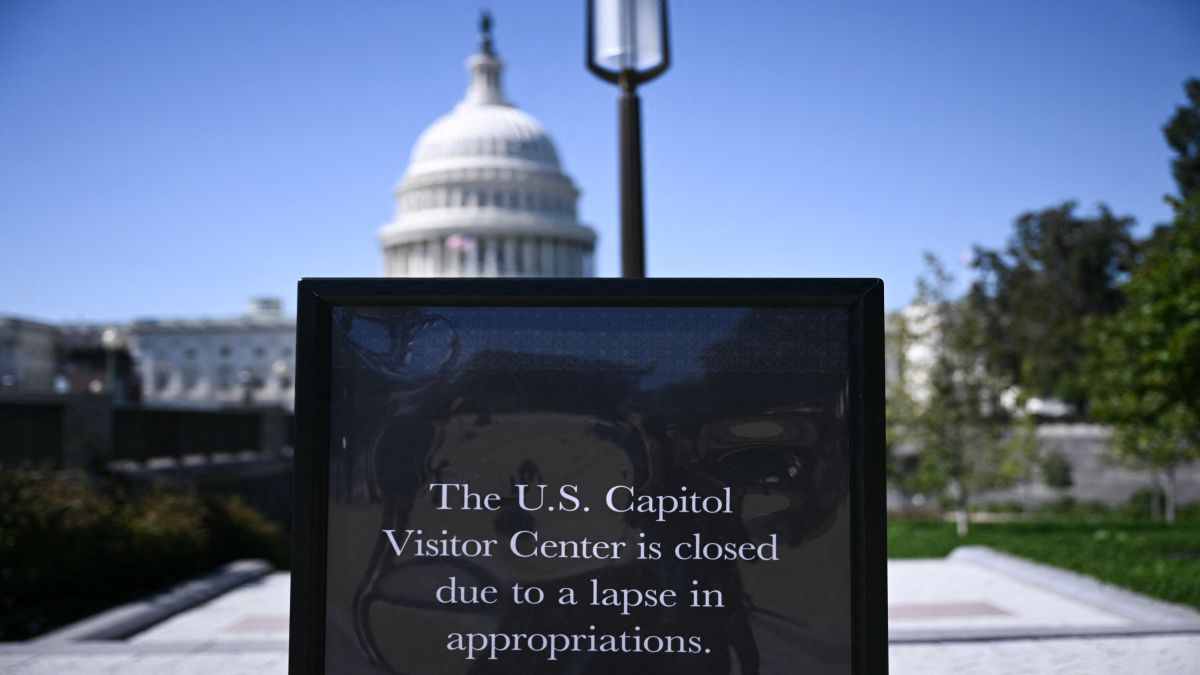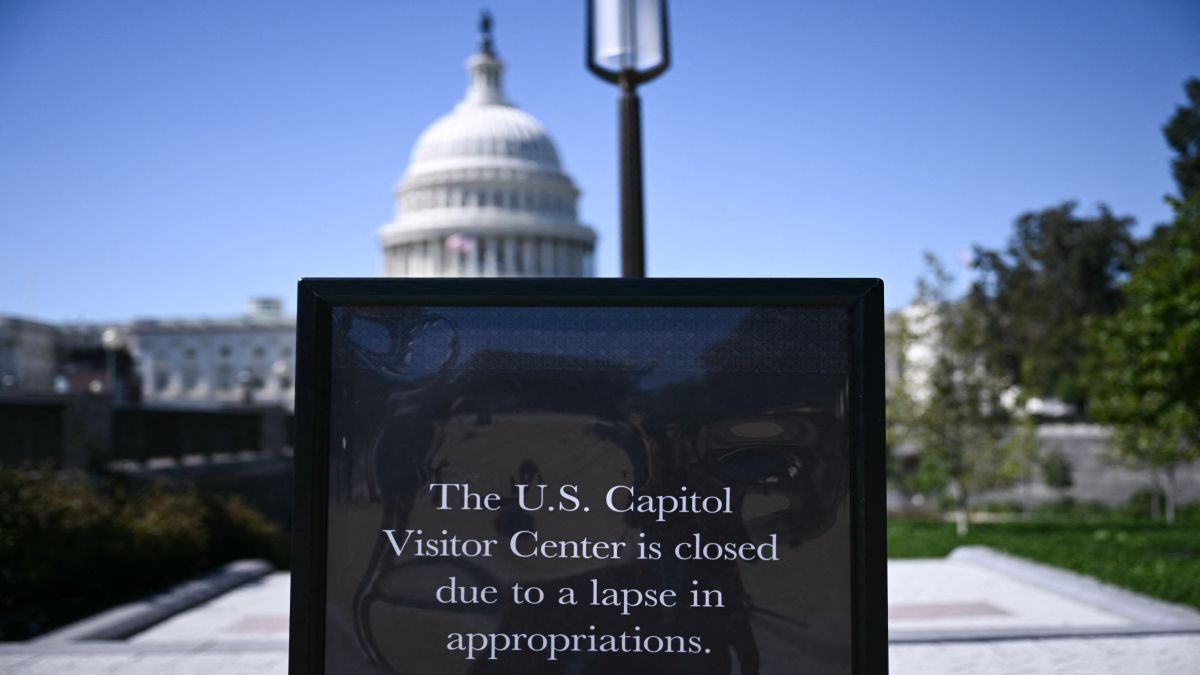As if the $102 million Louvre heist wasn’t dramatic enough, France has been hit by another shocking museum robbery.
According to a BBC report, the latest theft took place at a museum dedicated to enlightenment philosopher Denis Diderot in Langres, northeastern France, on Sunday night. It’s the second major robbery to hit the country’s cultural institutions in just one day.
Earlier that same day, a bold daylight heist at the Louvre Museum in Paris saw eight Napolean-era crown jewels snatched from the famous Galerie d’Apollon, sending shockwaves across the world.
So, what really happened during the second theft? What is stolen? Here’s what we know so far.
How did the heist unfold?
The latest robbery took place at the Maison des Lumières – Denis Diderot Museum in Langres, northeastern France, dedicated to the famed 18th-century philosopher.
When museum staff arrived on Tuesday morning, they were met with a disturbing sight. According to the Langres municipal police, there were clear signs of forced entry, and shards of broken glass from a smashed display case were scattered across the floor.
The town hall confirmed in a statement that part of the museum’s “treasure” had been stolen.
“Law enforcement officers were immediately alerted and went to the scene. Accompanied by the site manager, they carried out a complete inspection of the premises. According to initial observations, part of the ‘museum treasure,’ a collection of silver and gold coins discovered during renovation work on the Hôtel du Breuil, which now houses the museum, has disappeared,” the statement read.
Authorities noted that the thieves seemed to know exactly what they were after. The display case protecting the coins had been violently shattered, and only select items were taken.
“The display case that protected it was found broken on the ground. The Museum’s teams are currently making a precise inventory of the items that they will hand over to law enforcement,” the town hall added.
Police described the criminals as acting with “great expertise and precision,” suggesting this wasn’t a random break-in but a planned and well-executed operation.
What do we know about the stolen artefacts?
The thieves made off with nearly 2,000 coins, including 1,633 silver and 319 gold coins, dating back to the period between 1790 and 1840.
These coins were part of the city’s private collection and had a fascinating backstory. They were first discovered in 2011, during renovation work at the historic mansion that now houses the museum. At the time, half of the treasure was awarded to the worker who unearthed it, while the other half went to the city of Langres.
A portion of these coins had been on public display in a museum showcase, with an estimated value of around €90,000 (over Rs 91 lakh) when first appraised.
Experts say, however, that while stealing valuable artefacts may seem thrilling, selling them is a far bigger challenge. Robert Wittman, founder of the FBI’s Art Crime Team, told ARTnews, “The real art in art theft is selling, not stealing.”
Experts say that because the stolen items are unique, they cannot easily be sold. The thieves may instead melt down the metals and remove the gems, emeralds, sapphires, diamonds, and pearls to sell them individually.
Meanwhile, James Ratcliffe, director of recoveries at the Art Loss Register, believes the Louvre culprits could have been “opportunists rather than specialists,” who likely took advantage of weak or outdated security systems.
“It’s not necessarily difficult to get into historic institutions like the Louvre,” Ratcliffe said. “They were built for grandeur, not defence.”
The House of Enlightenment appears to fit that same description. According to the museum’s website, it’s housed in a Du Breuil de Saint-Germain hotel particulier, a preserved 16th- and 18th-century mansion. Elegant, yes, but not exactly impenetrable.
Art detective Arthur Brand told the BBC that museums across Europe could see a flurry of copycat raids in the coming months.
If someone can target the Louvre and escape with the French crown jewels, local thieves may think “let’s try our nearest museum”, he said.
The Diderot museum heist is being investigated alongside at least three other museum burglaries across France since September, all of which targeted small but high-value artefacts.
Robberies shake up French museums
The robbery that’s grabbed global headlines is the daring daylight heist at Paris’ Louvre Museum, one of the most visited museums in the world. The thieves pulled off the job in just four minutes, escaping before anyone could stop them. Authorities say the suspects are still on the run.
According to reports, the gang posed as maintenance workers, complete with uniforms and equipment, to avoid suspicion. Using power tools and a mechanical ladder, they broke into the museum’s Gallery of Apollo, located on the first floor, shortly after opening hours on Sunday.
Once inside, they made straight for the display cases containing some of France’s most treasured royal jewels. Among the stolen items were a diamond and emerald necklace once gifted by Emperor Napoleon to his wife, a tiara worn by Empress Eugénie (the wife of Napoleon III), and several other pieces that had belonged to Queen Marie-Amelie.
The precision and speed of the operation have left French authorities stunned and raised fears of a growing pattern of high-profile museum heists.
Just last month, thieves broke into Paris’ Natural History Museum and made off with six gold nuggets worth an estimated $1.7 million.
French prosecutors revealed that a Chinese woman was arrested in Barcelona this week for allegedly trying to dispose of some melted gold linked to that theft.
And the hits didn’t stop there. Around the same time, two Chinese nationals were accused of stealing porcelain dishes and a vase, together worth around $7.6 million, from the National Porcelain Museum in Limoges.
With three major museum robberies and now the Louvre’s $102 million jewel theft, investigators fear that France’s most prized cultural treasures are becoming prime targets for sophisticated crime networks.
With input from agencies


)

)
)
)
)
)
)
)
)



